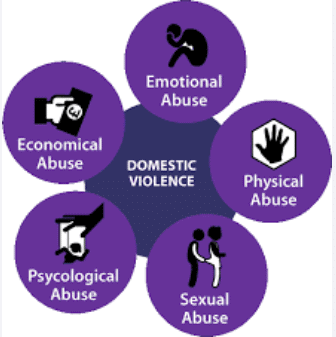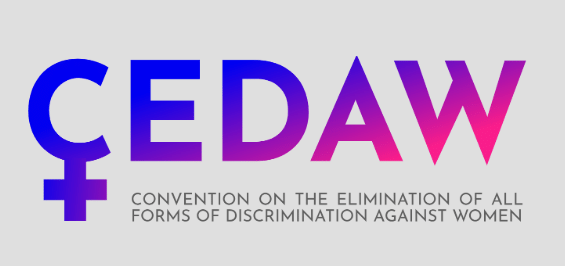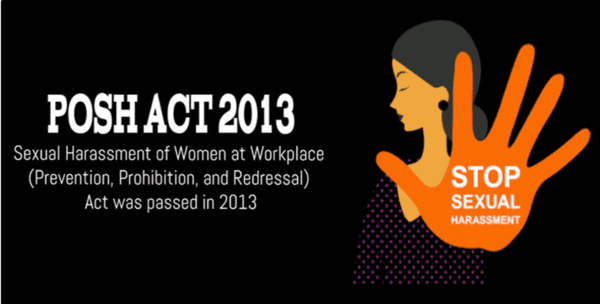|
Domestic abuse is primarily characterized by ___ and ___ aimed at one individual. |
Card: 1 / 30 |
|
True or False: Domestic abuse only affects individuals within a specific demographic group. |
Card: 3 / 30 |
|
False. Domestic abuse can affect individuals regardless of race, age, sexual orientation, religion, or gender. |
Card: 4 / 30 |
|
Domestic violence may be legally accepted in some regions, such as ___, where laws permit limited physical discipline in familial settings. |
Card: 7 / 30 |
|
The Convention on the Elimination of All Forms of Discrimination against Women (CEDAW) is considered the international bill of rights for ___? |
Card: 9 / 30 |
|
True or False: The UN Declaration on the Elimination of Violence against Women aims to reduce violence against men globally. |
Card: 11 / 30 |
|
False. The declaration specifically aims to address and eradicate violence against women. |
Card: 12 / 30 |
|
The Protection of Women from Domestic Violence Act (PWDVA), enacted in 2005, primarily serves to protect women from ___ within families. |
Card: 13 / 30 |
|
Fill in the blank: Domestic violence under the PWDVA includes physical, sexual, verbal, emotional, and ___ abuse. |
Card: 15 / 30 |
 Unlock all Flashcards with EduRev Infinity Plan Starting from @ ₹99 only
|
|
False. PWDVA extends protection to shared households, not just matrimonial homes. |
Card: 20 / 30 |
|
Protection Officers serve as intermediaries between the court and women, assist in filing applications for relief, and raise awareness about legal aid and support services. |
Card: 22 / 30 |
|
The 'single window clearance system' introduced by PWDVA is designed to ___ and ___ for women seeking justice. |
Card: 23 / 30 |
|
The Protection of Women from Sexual Harassment Act, 2013 (POSH Act) aims to ___ in workplaces. |
Card: 25 / 30 |
|
Make workplaces safer for women by preventing, prohibiting, and addressing acts of sexual harassment. |
Card: 26 / 30 |
|
True or False: The POSH Act was enacted in 1997 following the Vishakha Guidelines. |
Card: 27 / 30 |
|
False. The POSH Act was enacted in 2013, drawing from the Vishakha Guidelines established in 1997. |
Card: 28 / 30 |
|
Employers are required to incorporate rules regarding the prevention of sexual harassment into the company code of conduct, establish complaint committees headed by women, and ensure awareness of rights among female employees. |
Card: 30 / 30 |























